Luna Roasters Craft Coffee

Elevate your coffee experience with Luna Roasters’ Craft Coffee Program. Craft coffee is about the highest quality Arabica beans selected at the right time, conscientiously fresh-roasted, and delivered as soon as possible after roasting to your local store. It’s about understanding the subtleties of coffee flavor, using the right grind, and proper brewing. But, mostly, craft coffee is about taking the best care of you. Click HERE to find a store near you that carries our Craft Coffee.
Who We Are
Luna Roasters is located in the mile high city, Denver, Colorado, and was founded on the pursuit of the perfect cup of coffee. Our team has traveled the world and worked with top executive chefs to craft superior gourmet blends and to source amazing single origin coffees. We’re passionate about fair farming practices that promote equitable and sustainable trade relationships, while producing the highest quality coffees available. These practices help to create fair wages, healthcare, education, food, clean water, and shelter for farmers, their families, and their communities, and the benefits extends to the land.
Our Values
ULTIMATE IN FRESHNESS: We roast and package fresh daily, and ship immediately
ONLY HIGHEST QUALITY COFFEE BEANS: We use only the top 2% of Arabica coffee beans
ARTISAN ROASTING: Our handcrafted coffees will change your coffee drinking experience
DOING THE RIGHT THING: We give back to our coffee-growing partners’ communities
Our Coffee

Estate Blend
A dark roast blend of 100% USDA Certified Organic Arabica coffee
AROMA: Smokey, Earthy
TASTE: Rich, Dark Cocoa
ACIDITY: Mild
BODY: Complex, Full
FINISH: Smooth
PROCESS: Washed, Natural
ORIGIN: Africa, South America & Indonesia.

Peruvian
A medium roast single origin 100% USDA Certified Organic, Fair Trade Certified Arabica coffee
AROMA: Sweet, Nutty
TASTE: Mild Fruits, Subtle Chocolate Notes
ACIDITY: Delicate
BODY: Light/Medium
ORIGIN: San Ignacio, Cajamarca, Peru
ALTITUDE: 1,250 – 1,800 Meters
VARIETAL: Bourbon, Catimor, Caturra
HARVEST: April – September
PROCESS: Fully Washed, Sun-Dried
We Only Sell Responsible Coffee
Craft coffee is also about being aware of where the beans come from, how they’re grown, and the living conditions – and therefore, motivations – of the people who grow craft coffee.

CERTIFIED USDA ORGANIC
Certified USDA organic coffee beans are grown, shipped and processed from farm to table according to standards set forward and enforced by the U.S. Department of Agriculture. These standards cover factors pest control, additives, and soil and water quality, In practice, the USDA Organic seal tells you that the food you are eating meets some of the highest standards in the world.

FAIR TRADE CERTIFIED
Products that have been certfied by Fair Trade USA were bought from certified farms and organizations at Fair Trade prices and premiums, and were delivered via a supply chain that has been rigorously audited for transparency and traceability.
Craft Coffee Basics
-
REGION, CLIMATE & SEASON
Central America, South America, Africa, and the Pacific Rim and Islands supply the world’s coffee over different harvest seasons. Humidity, temperature, shade, and soils will produce beans with different qualities. -
ORIGIN & BLENDING
Single-origin coffees come from one location and are chosen to exhibit that bean’s particular qualities. Roastmasters blend coffees from different origins to create a desired aggregate flavor profile. -
SELECTION
Craft coffee requires the very best top 2% of Arabica beans. The rest go in lower quality coffee products resulting in undesirable bitter tastes and stale aromas. -
ROASTING
Roastmasters must adjust the roasting temperature, time, and volume depending on the characteristics of the beans in the roaster. -
GRINDING
Beans should be ground to different sizes for specific brewing methods to get the best flavor. -
BREWING
Brewing methods change the outcome of a cup of coffee.
Control These 6 Factors To Improve Your Coffee Experience
-
COFFEE PARTICLE SIZE
Did you know that each brewing method requires a different grind type to achieve the optimal flavor? Make sure to check before you grind. -
COFFEE-TO-WATER RATIO
Consistency counts. Level scoops are better than heaping spoons. As a general rule, use 2 tablespoons to every 8 oz. of water. Pros use scales to portion their coffee. -
WATER TEMPERATURE
Coffee should be brewed at a high temperature to extract the ideal amount of flavor from the grinds. -
CONTACT TIME
The duration that the water is in contact with coffee grounds. Too short, and your coffee will be weak. Too long, and your coffee will be bitter and astringent. -
AGITATION
Helps to extract all the flavor from all of the grounds. Slow, gentle and only so much. -
HEAT RETENTION
How long the coffee is directly heated (e.g., on a burner). Insulated carafes will keep a full pot better than a burner. Making each cup to order is best.
Roasting
Because the roasting process is what reveals a coffee bean’s unique characteristics “care” is the essential word for roasting craft coffee. There are three basic roasting categories: light, medium, and dark.

LIGHT ROASTS
Light roasts retain most of the original characteristics of a coffee bean (as well as its caffeine content), but can be a bit more acidic.

MEDIUM ROASTS
Acidity begins to drop, while most characteristics are preserved.

DARK ROASTS
Typically considered the smoothest roasts, though they can lose some flavor complexity.
Ever have a cup of coffee that tastes burned? Roasters that get so large that they have to supply enormous quantities of coffee beans ensure consistency by over-roasting their various beans, which destroys a lot of their subtle characteristics. Don’t drink that.
Grinding
Whole bean coffee not only stays fresher longer than ground coffee, it allows you to custom-grind your craft coffee to get the best results from your preferred brewing method.
SIZE MATTERS
Grind is about the relationship between the surface area of a bit of coffee and its volume. Smaller grinds will release more of a coffee’s characteristics more quickly than coarser grinds. A rule of thumb: at a given temperature, the longer the coffee brews, the larger the grounds. An increase in temperature (or pressure), will decrease the required ground size.
GRINDERS
There are basically two kinds of grinders: blade grinders and burr grinders. Blade grinders – sometimes also referred to as spice grinders – use spinning blades similar to what you find in a blender. Blade grinders are less expensive than burr grinders. Burr grinders use adjustable grinding platforms to control the size of your grind. Some coffee aficionados also claim that crushing the beans to size produces a better result than the high-speed impact of a blade grinder.
8 Characteristics Of Your Craft Coffee
When tasting your craft coffee for the first time, reference these characteristics. Mindfulness of your coffee will reward you with a richer experience.
| Characteristics | Good | Bad |
|---|---|---|
| CLEAN CUP | Purity, Clarity | Dirty, Moldy |
| BALANCE | Harmony, Stable, Equilibrium | Hollow, Excessive, Aggressive, Inconsistent |
| ACIDITY | Lively, Refined, Firm, Crisp | Sharp, Dull, Hard, Thin |
| MOUTHFEEL | Creamy, Buttery, Round, Smooth | Astringent, Gritty, Rough, Watery |
| FLAVOR | Fruity, Smoky, Floral, Spicy | Vegetal, Grassy, Woody, Peas |
| AFTERTASTE | Sweet, Clean, Pleasantly Lingering | Bitter, Harsh, Dirty, Metallic |
| SWEETNESS | Ripened, Honey, Caramel, Cane Sugar | Green, Closed, Undeveloped |
| OVERALL | Complex, Rich, Uniform | Boring, Simplistic |
The Finer Points Of Craft Coffee Tasting
-
AROMA
In tasting, aroma is how pleasantly the coffee calls your sense of smell. -
ACIDITY
Acidity is the pleasing brightness or sharpness in a coffee. It can be intense or mild, round or edgy, elegant or wild, and everything in between. -
BODY
This is the sense of weight or heaviness that the coffee exerts in the taster’s mouth, and is sometimes referred to as “mouthfeel.” -
FLAVOR
Many factors influence the flavors you’ll detect. Common flavor examples: fruity, earthy, caramel, nutty, buttery, chocolate, honey, woody, and spicy. -
FINISH
The ideal finish, or aftertaste, is clean and sweet, with enough endurance to carry the flavor for 10-15 seconds after swallowing, without bitterness or astringency.
Harvest Seasons
A coffee variety’s harvest season depends on a host of factors, including longitude, latitude, elevation, humidity, rainfall, temperatures, and seasonal variability. These conditions allow some areas, such as Kenya, Colombia, and Ethiopia to experience two harvest seasons, while others will have only one. As a general rule, Central American coffees are available at the beginning of the year, followed by South American, African, and the Pacific Rim and Islands as the year progresses.
Brewing Methods

DRIP MACHINE
APPARATUS: High temperature drip machine, or single-serve
GRIND: Medium
BEST FOR: Mornings when you are in a hurry and need something simple.
- Place 2 tablespoons for every 8 oz. of filtered water into the appropriate filter for your machine.
- Press brew, and enjoy!
NOTES: Most drip coffee makers do not reach the proper temperature for optimal coffee brewing. While it matters less for normal coffees, if you want a better coffee experience – particularly with craft coffees – consider investing in a high-temperature drip machine.

FRENCH PRESS
APPARATUS: French press
GRIND: Coarse
BEST FOR: When you want a full-bodied, rustic coffee experience.
- Bring filtered water to a boil. Amount will vary by size of French press.
- Coarsely grind 2 tablespoons of whole beans to every 8 oz of water and put into French press.
- Once water is ready, slowly pour water over the grounds until press is ¼ of the way full, then stir.
- Add remaining water. Place lid with plunger on top of the grounds.
- Let coffee steep for 4 minutes.
- Press filter down and enjoy!

POUR OVER
APPARATUS: Pour over cone
GRIND: Medium
BEST FOR: When you have a bit more time, and are craving a more complex cup. Similar to your drip coffee maker, but better.
- Bring 23 oz. of filtered water to a boil.
- Grind 2-3 tablespoons of whole beans to a medium grind (similar to sea salt).
- Place filter in a clean cone/dripper.
- Pour about 2-3 oz. of hot water into your filter fully saturating it and warming the container and cup.
- Empty your warm cup or carafe.
- Pour ground coffee into the filter and even out.
- Starting at center, carefully pour water into the grounds. You should have twice the amount of water to grounds.
- Continue to pour water slowly and carefully so that it does not over flow. If you have 2-3 tablespoons of coffee, you will want 20 oz of water. The pouring process will take 2-3 minutes. Enjoy!

COLD BREWER
APPARATUS: Cold brewer
GRIND: Coarse
BEST FOR: Iced coffee, or for people with low acid tolerance. Cold brewing can take up to 12 hours.
- Add 1 cup of water to the bottom of the elevated vessel.
- Add 1 pound coarsely ground coffee.
- Place the rain lid on the elevated vessel. Slowly pour 64 fl. oz of water over the grounds in a circular motion; try to get all of the grounds wet.
- Wait 5 minutes.
- If some grounds remain dry, tamp them down with the back of a spoon. Do not stir.
- Allow 12 hours to pass.
- Place the glass decanter under the elevated vessel, and release the coffee concentrate, yielding 48 fl. oz. of concentrate, which will last for up to 14 days.
- Add concentrate to iced or hot water (including cream, if you desire) in a 1:3 ratio.




